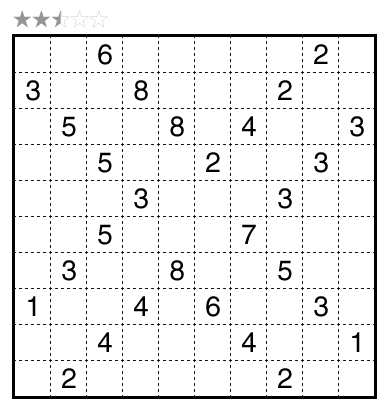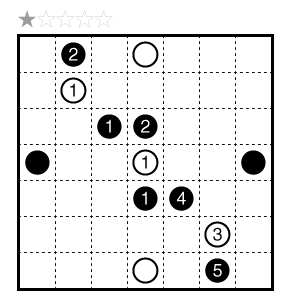Nurikabe by Teddy Tan

or solve online (using our beta test of Penpa-Edit tools)
Theme: Seeing Doubles
Author/Opus: This is the 2nd puzzle from guest contributor Teddy Tan.
Rules: Standard Nurikabe rules.
Difficulty: 1.5 stars
Time Standards (highlight to view): Grandmaster = 1:00, Master = 1:45, Expert = 3:30
Solution: PDF and solving video.
Note: Follow this link for classic Nurikabe and this link for Nurikabe variations. If you are new to this puzzle type, here are our easiest Nurikabe puzzles to get started on. More Nurikabe puzzles can be in The Art of Puzzles, in our beginner-friendly book Logic Puzzles 101, and in the e-book Nurikabe by Ashish Kumar.












